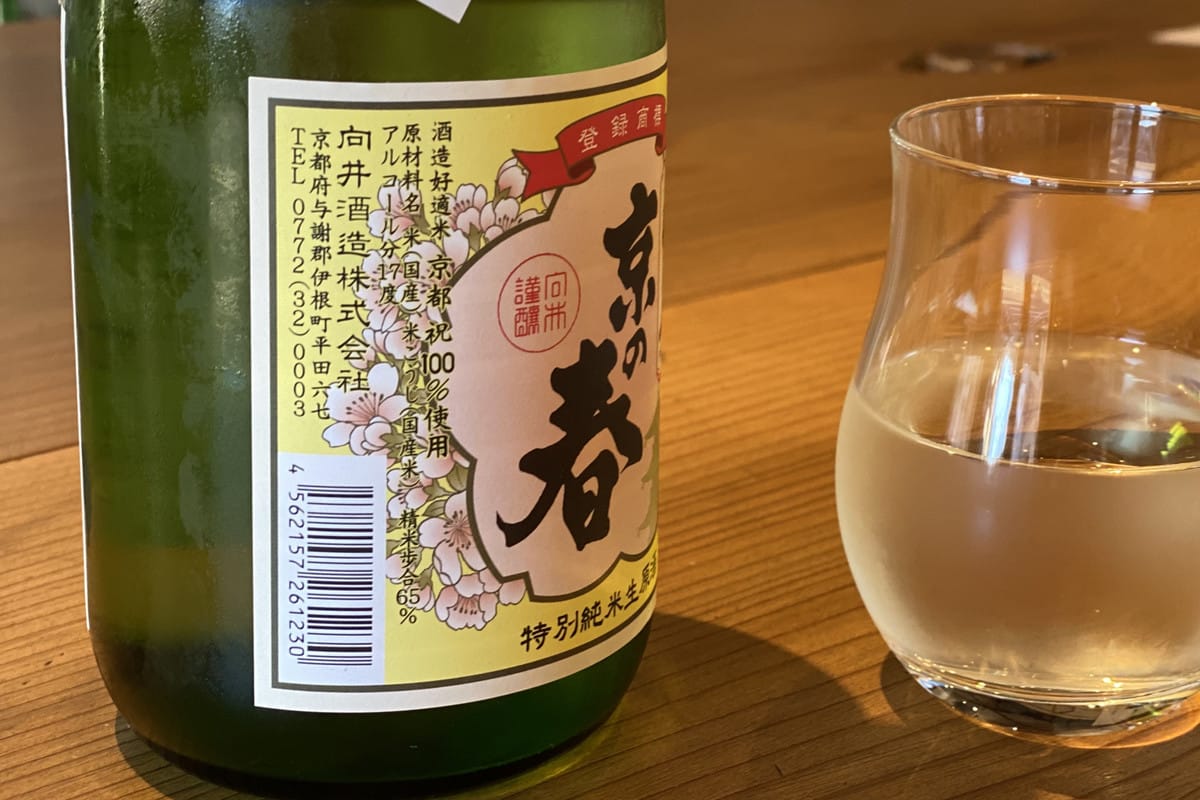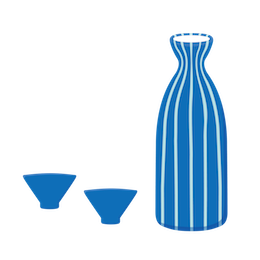Kyō no Haru Tokubetsu Junmai Nama Genshu | Saké Review
This slightly aged brew has a harmonized taste of nama and a pleasant mature flavor.

Harmonized Taste of Nama and Mature Flavor
"Butterscotch!" my friend and I exclaimed in unison as we drank this sake kaku-uchi style (at a liquor store that doubles up as a bar). Matured almost one year in a fridge, this sake has nice mature flavors, the nama (unpasteurized) vigor, and a translucent mellow mouthfeel.
It is merely a combination of moderate maturation and thick, ricey flavor: Butterscotch, butter, financier, and maple syrup are present. The Ricey aftertaste of the harvest, that is, wafers and rice straw, lingers.
Iwai, the ingredient rice, was developed with the pure-line selection method from an heirloom variety NojōhoIwai, the ingredient rice, was developed with the pure-line selection method from an heirloom variety, Nojōho, in 1933 in the same region, Tango, where the brewery is also located.
Food Pairings
This full-bodied and slightly aged sake pairs well with warabi mochi, or bracken-starch dumpling, which has a mellow texture and grainy aroma, tempura of shrimp or squid, and scallop sashimi.
On the Label
Brewer: Mukai Brewery at Ine, Kyoto Type: Tokubetsu Junmai, Nama Genshu, YamahaiRice: Iwai (65% polishing ratio)

―Tasted at Sake Cube (Kyoto, Kyoto) in July 2022
References
- Soejima, Akiko. 2017. 酒米ハンドブック 改訂版 [A Handbook of Sake Rice, Revised Edition]. Tokyo: 文一総合出版Bun-ichi Sōgō Shuppan.
- 日本穀物検定協会 [Japan Grain Inspection Association]. 1995. 図説・米の品種 改訂版 [Illustrated Catalogue of Rice Varieties, Revised Edition]. Tokyo: 日本穀物検定協会 [Japan Grain Inspection Association].
- Yamashita, M. and Sugimoto, M. 1995. 酒米「祝」の生産安定に関する試験 (1) [Studies on stable production of brewer's rice "Iwai" (I) Growth of "Iwai" under non-plowing and non-padding transplanting culture]. 京都府農業研究所研究報告 [Bulletin of the Kyoto Prefectural Institute of Agriculture] Issue 17. 京都府農業総合研究所 [Kyoto Prefectural Agricultural Research Institute].
Acknowledgment
The author gratefully acknowledges Aleister (@sake.notes) for helpful suggestions of English expressions for this tasting note.



